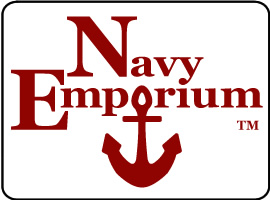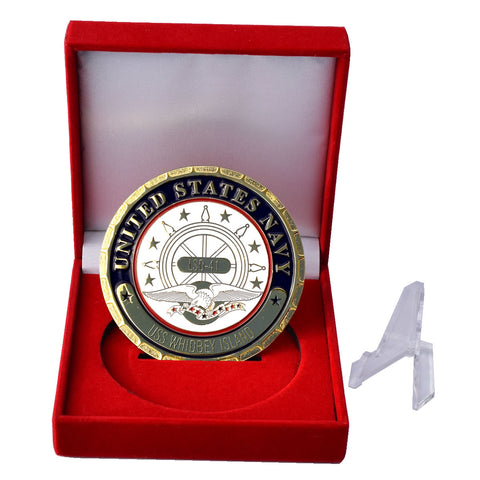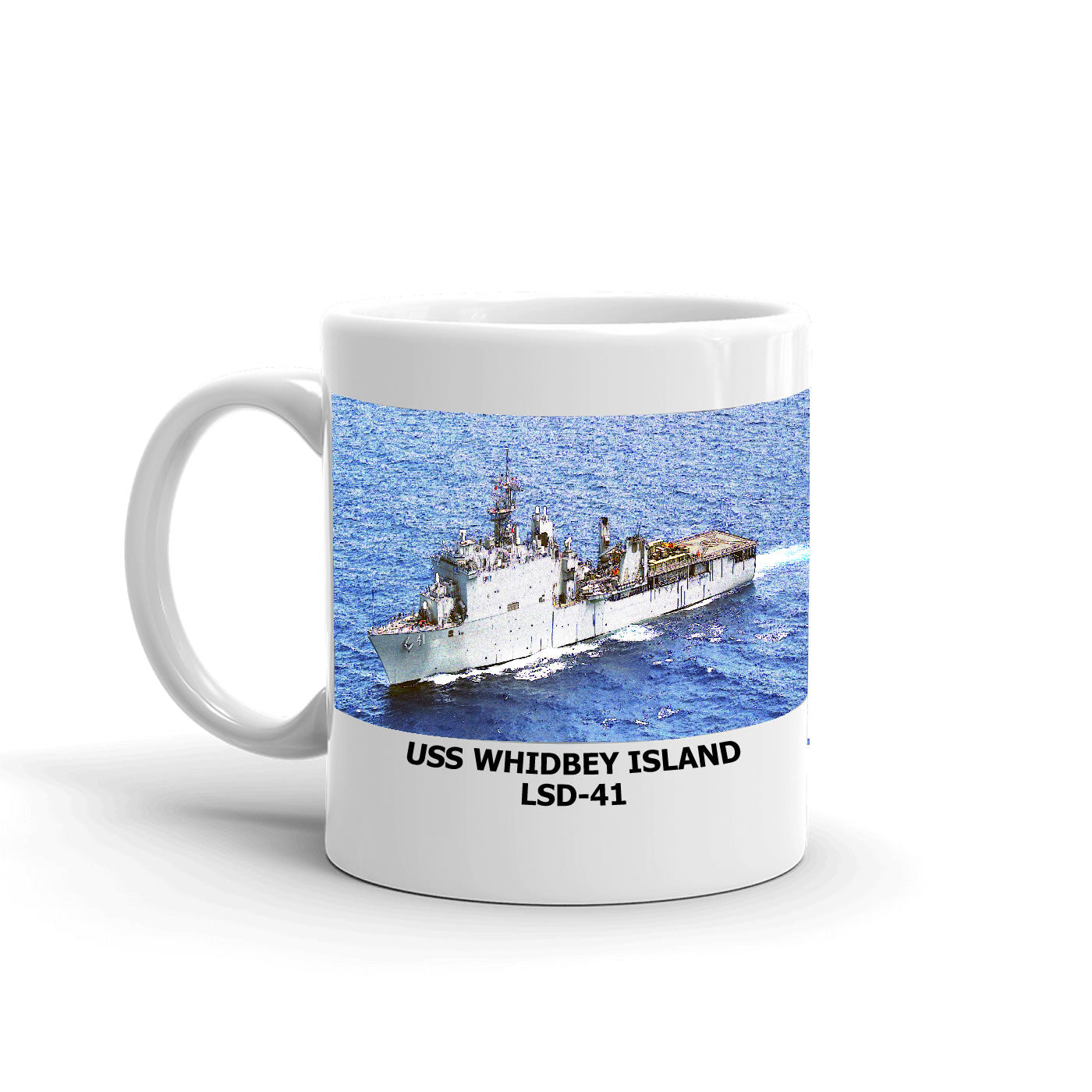The USS Whidbey Island LSD-41 holds a position in the United States Navy playing a role throughout its history. Its construction commenced on November 14, 1983, at the Lockheed Shipbuilding and Construction Company situated in Seattle, Washington. The ship was named after Whidbey Island, which is located in the Puget Sound region of Washington State. This island has strategic value as it served as the first naval air station in the Pacific Northwest during World War II.
The USS Whidbey Island stands out due to its capability as a dock landing ship (LSD). This means it was purposefully designed to transport and deploy crafts and vehicles making it an invaluable asset for operations. With its length of 609 feet and a displacement exceeding 15,000 tons, this vessel provides space to accommodate various landing crafts, helicopters, and other essential equipment required for successful amphibious assaults.
The distinguished legacy of the USS Whidbey Island within the US Navy is one of pride. Over its years of service, this ship has actively participated in operations and exercises such as Operation Desert Storm, Operation Enduring Freedom, and Operation Iraqi Freedom. The USS Whidbey Island plays a role in supporting the US Marine Corps during operations making it an invaluable asset for projecting American power and safeguarding national interests worldwide.
Belonging to the Whidbey Island class of dock landing ships, the USS Whidbey Island is among eight vessels specifically designed to facilitate the connection between the sea and the shore. Its primary purpose is to transport and deploy landing craft, tanks, and other essential equipment, enabling troop deployment and logistical support during missions.
On February 9, 1985, Captain John T. Hayward assumed command as the USS Whidbey Island was officially commissioned into service within the US Navy. This milestone marked its entry into duty and stands as a testament to its crew's dedication and expertise. Since then it has served as a symbol of naval strength.
The Mighty USS Whidbey Island LSD-41: A Vital Asset in Naval Operations
The USS Whidbey Island LSD-41 is a dock landing ship that plays a vital role in the United States Navy's fleet. Measuring 609 feet long and weighing 16,000 tons, this ship boasts a structure built to withstand the challenging conditions of amphibious operations. Its hull is constructed using steel material to ensure durability during its missions. Moreover, the Whidbey Island features a designed flight deck of accommodating helicopters which enhances its versatility and operational capabilities.
Technologically speaking, the USS Whidbey Island is equipped with systems that significantly contribute to its effectiveness in warfare. It is fitted with state-of-the-art navigation and communication systems that ensure coordination with naval assets while facilitating efficient command and control. Additionally, it boasts radar systems that enhance awareness and enable early detection of potential threats in various environments. These technological advancements empower the Whidbey Island to operate effectively across a range of operational scenarios.
The USS Whidbey Island is equipped with offensive systems to ensure its protection. It has two Mk 49 Rolling Airframe Missile (RAM) launchers that provide a defense against ship missiles and other airborne threats. Additionally, the ship is armed with two Phalanx Close-In Weapon Systems (CIWS) which act as a line of defense against missiles and aircraft. These armament systems along with the ship's radar and sensors work together to safeguard the vessel and its crew.
Furthermore, the USS Whidbey Island has an arsenal that supports its operations. It can launch Landing Craft Air Cushion (LCAC) vehicles, which are capable of swiftly transporting troops, equipment, and supplies from ship to shore. Moreover, the ship features a deck that can accommodate and launch Landing Craft Utility (LCU) vessels, enhancing its ability to support assault missions. These capabilities position the Whidbey Island as an asset for projecting power and providing assistance to expeditionary forces.
Upgrades, Enhanced Capabilities, and Fleet Contribution
Over time, the USS Whidbey Island LSD-41 has undergone upgrades to enhance its capabilities and maintain relevance in modern naval warfare. Notably, the installation of the Ship Self Defense System (SSDS) stands out as an upgrade that greatly improves the ship's ability to detect and counter threats. The SSDS integrates sensors, radars, and weapon systems to provide situational awareness for the crew while enhancing defensive capabilities. This upgrade significantly boosts survivability and effectiveness during combat scenarios.
In addition to the SSDS upgrade mentioned above, improvements have also been made to communication and command systems on board the USS Whidbey Island. The ship has advanced satellite communication capabilities, which allow for integration with other naval assets and joint forces during operations. This upgrade has significantly improved the ship's ability to coordinate and carry out missions ensuring real-time communication and information sharing.
The USS Whidbey Island is an asset for the U.S. Navy's warfare capabilities. Being a dock landing ship, it plays a role in supporting operations by transporting and deploying Marines, their equipment, and supplies. With its deck, the ship can recover various types of landing craft like LCACs (Landing Craft Air Cushion) and LCUs (Landing Craft Utility). This capability enables the ship to swiftly deliver personnel and equipment to shore enhancing the Navy's power projection abilities and conducting expeditionary operations efficiently.
Moreover, the USS Whidbey Island has demonstrated its versatility by participating in missions and disaster relief operations. With its cargo capacity and medical facilities, it serves as a platform for providing aid and support during times of crisis. Whether it involves delivering supplies, conducting evacuations, or offering shelter, the USS Whidbey Island consistently showcases its ability to contribute effectively to humanitarian efforts. This demonstrates the Navy's dedication to maintaining stability and security.
Memories Aboard the USS Whidbey Island (LSD-41): Sailors Share Their Stories
The USS Whidbey Island (LSD-41) has been home to many sailors over the years and their memories and experiences aboard this dock landing ship are a testament to the camaraderie and unique challenges of life at sea.
Rafael Bueno (BM2 SW): Rafael served aboard the USS Whidbey Island from 1989 to 1992 and returned in 2003 for another four years. He fondly remembers his shipmates, including J.D. Fontenot, Darren Couch, Billy Russell, and others. He also pays tribute to fallen comrades BM2 Pass and BM2 Campbell.
Tanisha Lawrence (SK2): Tanisha's time on the ship from 2001 to 2004 was marked by challenges, but she found some good moments amid the hard work. She mentions that the Navy taught her valuable skills like sweeping water and painting fan rooms. After leaving the Navy, she pursued her passion for flying airplanes.
Lisa Rutherford (OS3): Lisa served aboard the USS Whidbey Island from 1997 to 1999 and shares her greetings with fellow shipmates, including Wells, Holden, and Chief Barnhill. She recalls the fun times they had, from Florida to South Africa to Mardi Gras. Even Cinderella's liberty couldn't dampen their spirits!
Robert Stanton (HM2 SW RET): Robert's service from 1988 to 1991 took him to the Mediterranean and Liberia. He's looking for shipmates like HMC(SW) Raad, Doc Gegenheimer, YNSN Davis, and PN2 Mack. He humorously recalls the ship's Bos'n falling through the pier in Rota.
Patrick Gorman (ET2): Patrick served on the USS Whidbey Island from 1996 to 2000 and jokes about his "overboard discharge." He fondly remembers fellow sailors like SM3 Earle, EW2 Copeland, and SN Holland. Those were the days of UNITAS and fixing URT-23Cs!
James Prahl (DC3): After his tour as a DCman on the Whidbey, James re-enlisted as a CTT and had duty stations at various locations. He greets his shipmates and shares his journey through different roles in the Navy.
Rick Ingersoll (EN2 SAXTON): Rick had fun on the USS Whidbey Island but was quick to leave once his stint was over. He now works in a lab testing air conditioners in Ohio and invites his former shipmates to drop him a line.
Boomer Berkland (FC2): Boomer, who served from 2002 to 2006, has plenty of words to share about the USS Whidbey Island. He invites friends and fellow sailors to email him so they can reminisce and say hi.
Charles 'Mike' Porter (EN2): Mike fondly remembers his time on the ship, where he met interesting people and learned valuable life lessons. He shares his memories of shipmates, including Chief George, who brought laughter to the crew.
USS Whidbey Island LSD 41: A Stalwart in Major Conflicts and Humanitarian Endeavors
Since being commissioned in 1985, the USS Whidbey Island LSD-41 has been a part of the United States Navy's presence. The ship has undertaken deployments and participated in various operations and exercises worldwide. From the Mediterranean Sea to the Arabian Gulf Whidbey Island has consistently demonstrated its versatility and readiness to support a range of missions.
Throughout its service history, the USS Whidbey Island has played a role in major conflicts. During the operation known as Desert Storm in 1991, the USS Whidbey Island played a role by providing essential assistance to a coalition of nations. It facilitated the transportation and deployment of troops, equipment, and supplies. Following that event, this ship was also deployed to the Persian Gulf to support Operation Iraqi Freedom contributing to the security and stability of that region.
The exceptional performance and dedication of the USS Whidbey Island have been acknowledged through awards and commendations. The ship has consistently demonstrated readiness earning multiple Battle Efficiency "E" awards. Additionally, it has been honored with distinctions such as the Navy Unit Commendation, Meritorious Unit Commendation, and various campaign and service medals for its contributions during major conflicts as well as humanitarian missions.
Furthermore, commendations have been given to the crew members of the USS Whidbey Island for their professionalism and commitment to excellence. Individual sailors and officers aboard this ship have received awards including the Navy and Marine Corps Achievement Medal and the Navy and Marine Corps Commendation Medal for their performance in fulfilling their roles toward accomplishing the ship's mission.
The United States Navy greatly values the ship's versatility and preparedness as it plays a role in safeguarding the nation's security and projecting its influence worldwide. The dedicated crew aboard the ship consistently upholds the Navy's principles of honor, courage, and commitment setting an example of excellence.
USS Whidbey Island LSD-41 Ship Specifications
| Specification | Details |
|---|---|
| Class | Whidbey Island Class Dock Landing Ship |
| Commissioned | February 9, 1985 |
| Displacement | 15,939 tons |
| Length | 609.7 feet |
| Beam | 84 feet |
| Draft | 19 feet |
| Speed | 20+ knots |
| Complement | 22 Officers 391 Enlisted |






